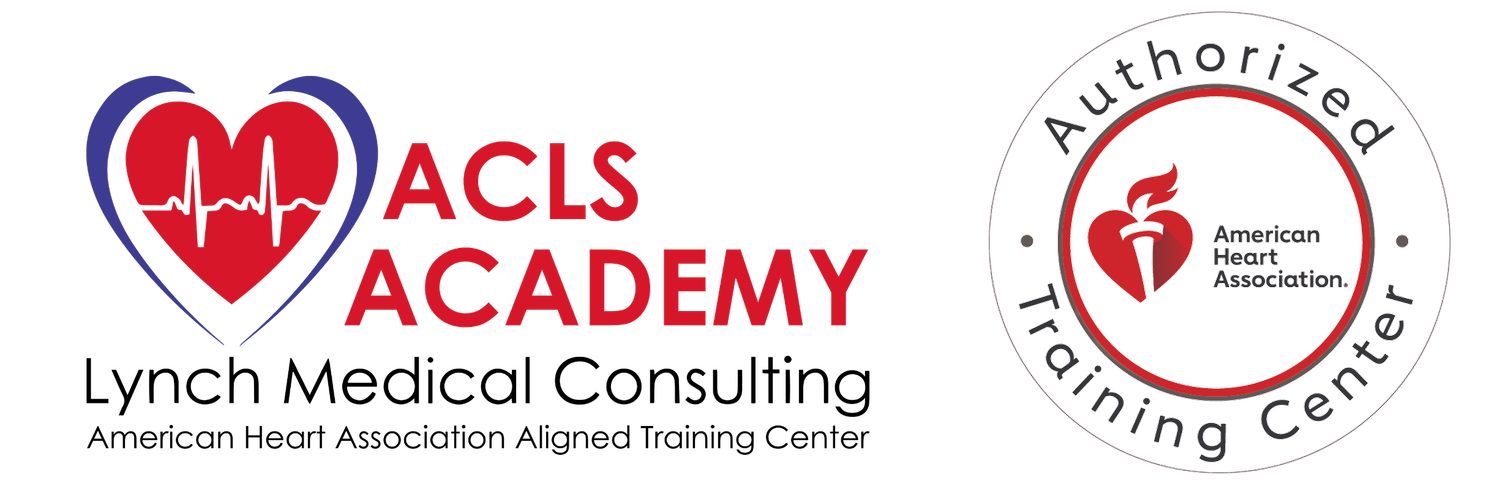Winter has arrived. If you’re not one of the fortunate snowbirds escaping to warmer climates, you may be dreading short, dark days and bitter temperatures. For some people who have cardiovascular issues, the cold winter air can trigger chest pain. A change in barometric pressure, low humidity, wind, and cold temperatures, these wintry conditions may trigger our bodies to respond negatively by narrowing our blood vessels in the skin, fingers, and toes, so less heat is lost. But this narrowing, called vasoconstriction, creates more pressure in the rest of the circulation, meaning the heart must work harder to pump blood around the body, increasing heart rate and blood pressure and may result in heaviness or pain in the chest. Besides cold temperatures, high winds, snow, and rain also can steal body heat. Wind is especially dangerous because it removes the layer of heated air around your body.
Studies show that more cardiovascular issues occur during the colder months and it’s natural to think the pressure or pain in your chest could be a sign of an impending heart attack, when in fact it may be a less serious cardiovascular condition called angina.
What is Angina?
Angina is a symptom of a heart condition such as coronary artery disease or coronary microvascular disease, not a disease in and of itself. Coronary artery disease (CAD) occurs when the heart does not receive enough oxygen due to a blockage or narrowing in the coronary arteries. Angina is the medical term for tightening, squeezing, or pressure in the chest caused by coronary artery disease. This tightness can be aggravated not only by cold weather, but also by stress, intense emotions, physical activity, or even a heavy meal. The discomfort usually begins behind the breastbone. Pain/discomfort you feel in your chest may spread to other parts of the upper body, including the neck, jaw, shoulders, arms, back, or belly.
Lack of oxygen to the heart can cause other symptoms, known as “angina equivalents.” These are symptoms that won’t be felt in the chest including fatigue, nausea or vomiting, shortness of breath, or intense sweating.
Angina can be classified as either stable or unstable. Angina typically begins in a stable state and progresses to an unstable state.
Stable angina: People with stable angina usually experience pain after performing physical activities or another trigger. This type of angina is generally easy to predict and fades away after a brief period of rest.
Unstable angina: Unstable angina is much less predictable and more challenging to manage. This type of pain typically lasts longer, is more intense, and does not appear to be caused by physical activity.
How to Detect a Heart Attack?
A heart attack occurs when blood flow to the heart is restricted or blocked. A heart attack’s primary symptom is chest pain, which can feel like stiffness, pressure, fullness, or burning around the heart. In addition to stomach pain or nausea, heart attacks can lead to shortness of breath, dizziness, and shooting pains in the left arm. Men and women have different warning signs, and while some people have immediate, obvious symptoms, most heart attacks start moderately and gradually aggravate.
Differences between Angina and a Heart Attack
Both angina and a heart attack are consequences of coronary artery disease. But angina doesn’t cause permanent damage to your heart. A heart attack does. That’s because angina signals a temporary reduction in blood flow to your heart. A heart attack causes a longer reduction in blood flow. During that time, part of your heart muscle begins to die. A heart attack can cause permanent damage to the heart muscle, leading to complications such as heart failure or arrhythmias.
Another key difference is what makes the pain go away. Rest or medication (nitroglycerin) causes stable angina to go away within a few minutes. Nitroglycerin relaxes the coronary arteries and other blood vessels, reducing the amount of blood that returns to the heart and easing the heart’s workload. Relaxing the coronary arteries increases the heart’s blood supply. However, if you’re having a heart attack, rest or medication won’t ease your symptoms.
Angina is not usually life-threatening, but it's a warning sign that you could be at risk of a heart attack or stroke. Stable angina doesn’t require emergency care unless your pain suddenly gets worse or doesn’t go away with rest or medication. A heart attack is a life-threatening emergency that needs immediate medical attention. There’s nothing you can do on your own to make it better.
ANGINA HEART ATTACK
Pain in the chest area Heaviness in the chest Deep pain in the chest
Pain radiates to the jaw and neck Yes Yes
Duration It lasts for 5- 10 minutes Lasts for longer (> 30 minutes)
Triggers Exertion, stress, temperature extremes None
Relief With Rest Very little relief with rest
Both angina and heart attacks involve chest pain or discomfort, but the key differences lie in the duration, severity, and consequences. A heart attack is a more critical condition that requires immediate medical attention, while angina may serve as a warning sign of potential heart problems. Both conditions are serious and should be addressed promptly by a healthcare professional. It's crucial for individuals experiencing symptoms to seek medical help to determine the cause and appropriate treatment. Regular check-ups and lifestyle modifications are important for managing cardiovascular health and reducing the risk of these conditions.

